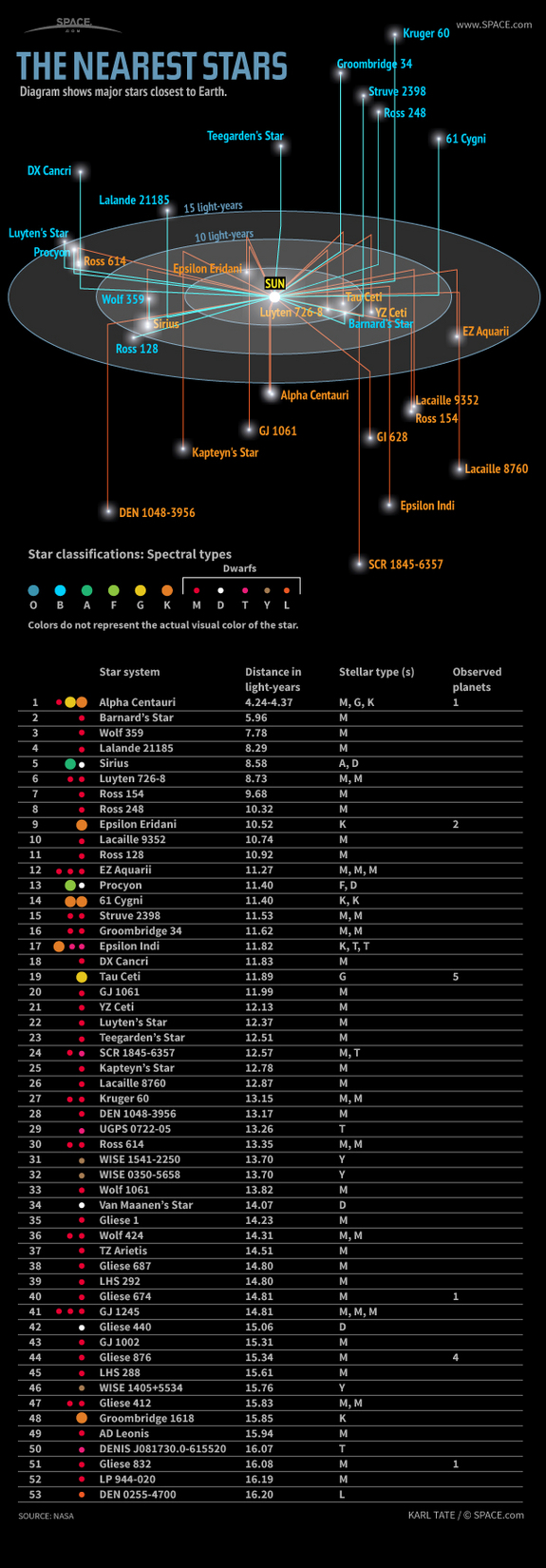Explore the world: find books or other library materials about places with mapFAST Mobile
From the post:
The new mapFAST Mobile lets you search WorldCat.org from your smartphone or mobile browser for materials related to any location and find them in the nearest library.
Available on the web and now as an Android app in the Google Play store, mapFAST is a Google Maps mashup that allows users to identify a point of interest and see surrounding locations or events using mapFAST’s Google Maps display with nearby FAST geographic headings (including location-based events), then jump to WorldCat.org, the world’s largest library catalog, to find specific items and the nearest holding library. WorldCat.org provides a variety of “facets” allowing users to narrow a search by type of item, year of publication, language and more.
“Libraries hold and provide access to a wide variety of information resources related to geographic locations,” said Rick Bennett, OCLC Consulting Software Engineer and lead developer on the project. “When looking for information about a particular place, it’s often useful to investigate nearby locations as well. mapFAST’s Google Maps interface allows for easy selection of the location, with a link to enter a search directly into WorldCat.org.”
With mapFAST Mobile, smartphone and mobile browser users can do a search based on their current location, or an entered search. The user’s location or search provides a center for the map, and nearby FAST subject headings are added as location pins. A “Search WorldCat” link then connects users to a list of records for materials about that location in WorldCat.org.
This sounds cool enough to almost temp me into getting a cell phone.
I haven’t seen the app but if it works as advertised, this could be the first step in a come back by libraries.
Very cool!




